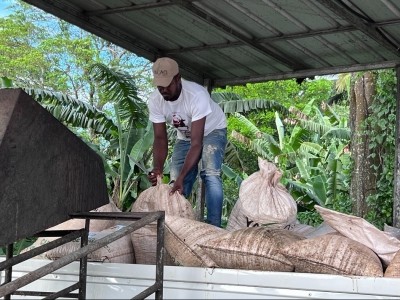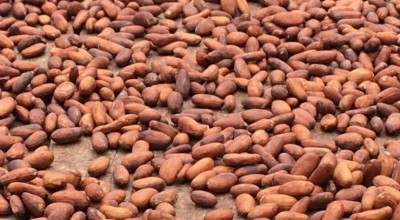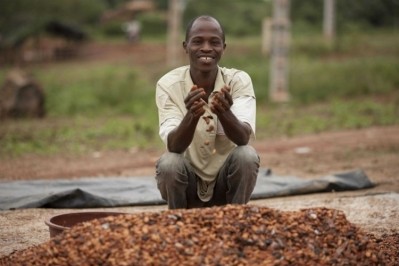Commodities
ICCO predicts 11% drop in global cocoa output, after El Niño effect

“Compared to the 2022-23 season, global cocoa supply is anticipated to decline by almost 11% to 4.449 million tonnes. Global cocoa demand is projected to decrease by almost 5% to 4.779 million tonnes,” the ICCO said in its first Quarterly Bulletin of Cocoa Statistics for the 2023-24 cocoa year.
This has caused the relentless rise of cocoa prices on the futures markets in London and New York as supplies become more stretched because of the outlook in Ghana and Cote d’Ivoire, which produce almost 70% of the world’s cocoa beans.
“Declining output in Ghana and Ivory Coast has pushed cocoa prices to historic highs. As a trader, I deal with unstable demand and prices, with futures surpassing £5,000 and $6,000 per tonne. Prices remain high partly due to weather concerns that El Niño could further hurt global production like in 2016,” said Jim Roemer, founder of Best Weather Inc. and the WeatherWealth newsletter.
EUDR
He said he is also concerned about the long-term sustainability of Ghana's cocoa production, especially with the EU's upcoming deforestation regulation (EUDR) that could limit output if farms don't comply.
COCOBOD, Ghana's cocoa regulator, has drastically cut its 2023-24 production forecast to just 650,000-700,000 metric tons - a 14-year low, blaming smuggling and bad weather. There are reports that some Ghanaian farmers now say they can't fulfil contracts for a second straight season.
“As the number two global producer, this is seriously concerning,” said Roemer.
In January Cote d’Ivoire’s, Le Conseil Cafe-Cacao, halted forward cocoa sales for the 2024-25 season until it had a clear picture of expected cocoa production from its farmers.
“The halt adds to the tumult of the region's cocoa supplies, and the impact could multiply supply concerns,” said Rich Asplund from Barchart.
As ConfectioneryNews reported, the ICCO said major players must address cocoa's structural problems.
Bloomberg has reported that Futures gained 25% in February, marking the biggest monthly gain since 2001. Prices also reached fresh records, hitting an intraday high of $6,648 per metric ton on Monday, 26 February.
Cost of confectionery
Cocoa’s price is making the cost of confectionery more expensive as the main suppliers and manufacturers pass on the risks to consumers.
Barry Callebaut has reported it expects cocoa production to trail consumption by 500,000 tons in the current season.
Analysts predict another deficit of 150,000 tonnes the following season – if West African farmers cannot expand output due to lack of farm investment.
And the ICCO has warned: “Significant declines in production are expected from the top producing countries as they are envisaged to feel the detrimental effect of unfavourable weather conditions and diseases. Moreover, old trees in these countries are producing with lower yields. The low availability of cocoa beans has significantly increased cocoa prices. With costs of raw materials increasing, this is likely to affect the processors' operations.”
Sources:






